U.S. Home Building Up by One-Fifth; Canadian Up by Two-Fifths
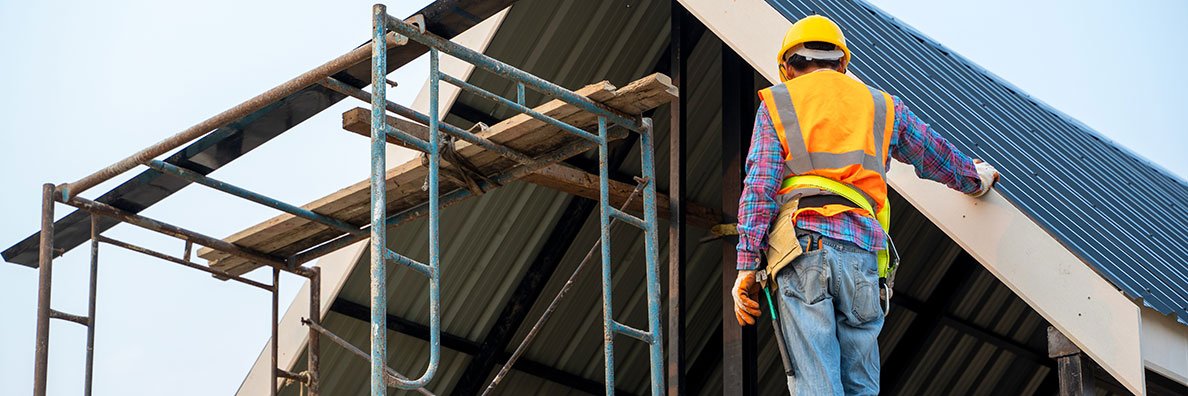
The 14 graphs in this article set out how housing starts have been performing so far this year (i.e., through July) in the U.S. and Canada, nationally and by regions, states/provinces, and cities. There are also looks at the single-family home building market versus the multi-unit segment.
![]()
Did you miss our previous article…
https://www.arizonasolarsociety.com/?p=1694
Our Top 10 Construction Blogs from 2021
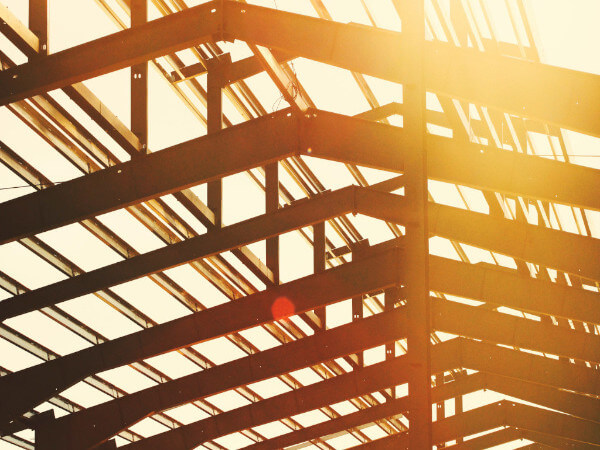
As we reflect on the last year, it’s worth a look back at some of Autodesk’s most notable blog posts from 2021. Doing so not only gives us a chance to reflect on the topics that made waves throughout the year, but also provides an indication of what’s in store for the next 12 months.
So, dig in—this roundup features an array of topics and articles. You’ll discover top industry stats, meet AEC’s most innovative leaders, learn about data and cost management tech, and discover innovations in sustainable construction.
Whether you’re new to the blog or a long-time follower of Digital Builder, you’re bound to find something read-worthy below.
Let’s dive in.
1. 100+ Construction Industry Statistics
Construction facts/stats can be incredibly helpful when you want to identify benchmarks, industry trends, and market opportunities. To help you surface interesting construction data, we’ve compiled a list of 100 statistics that give you a general overview of the state of the AEC industry, particularly in the areas of construction labor, operations, and technology. Needless to say, if you’re looking for a credible source of construction info, this post is one of the best places to start. Read article.
2. 40 Under 40: Champions of Construction 2021
In 2021, we released Autodesk’s annual 40 Under 40: Champions of Construction—a list of construction professionals doing remarkable things in their respective areas (and who happen to be under the age of 40). Sourced from hundreds of nominations from across the globe, this year’s list is comprised of a diverse group of individuals who demonstrated innovation, resilience, and creativity. If you’re looking to get inspired in your construction career and business, this list will certainly do the trick. View list.
3. New Report Reveals Data Strategy is a Key Advantage in Construction
It’s easy to agree that having a data strategy is important in the construction industry. But what exactly does a good data strategy look like? What does it mean? What does it take? To answer this, Autodesk and FMI published the report Harnessing the Data Advantage in Construction. This post does an excellent job summarizing the study’s key insights, and it offers advice on how to successfully launch a data strategy. Plus, the article comes with a nifty infographic featuring the report’s notable findings, making the info easy to understand. View report findings.
4. Reusing Our Way to a More Sustainable Future
Reusing things that would otherwise go to waste is proving to be a better alternative to traditional methods of sourcing building materials. Shannon Goodman, Executive Director of Lifecycle Building Center, lends her expert insights on the topic. Lifecycle Building Center is an organization that salvages building materials and directs them back to the community. In this post, Shannon shares some actionable steps on how construction firms can be more sustainable in their building practices. Learn more.
5. Essential Construction KPIs to Improve Profits and Productivity
The line “you can’t improve what you don’t measure” rings very true in the construction industry. Tracking the right KPIs is essential to ensuring that your projects are on track and that you’re meeting your objectives. This article serves as an excellent reference piece for the top KPIs you should be looking at. It lists the must-track metrics in areas like project safety, quality, performance, and employee management. You’ll also get tips on how to adopt, measure, and implement your KPIs successfully. Discover key metrics.
6. Construction Keynote: Autodesk Backs Customers as Solid Technology Partner [AU 2021]
Technology is now a staple both in the field and in the office. As more innovative tools carve their spot in the AEC industry, you need to ensure that you’re leveraging tech correctly. Jim Lynch, Senior Vice President & General Manager of Autodesk Construction Solutions led the Construction Keynote at Autodesk University 2021. This article breaks down the top takeaways. He highlights three ways that Autodesk can help you do just that. You’ll learn how Autodesk is connecting your data and how it streamlines much-needed collaboration. You’ll also learn the difference between a technology partner and a technology provider—and why one is favored over the other. Read key takeaways.
7. 6 Common Causes of Cost Overruns in Construction Projects
This post is actually from 2020, but continues to be a popular read in 2021 as cost control has become a unique challenge these last two years. Pandemic aside, this article’s relevance isn’t surprising considering cost overruns are all too common across construction projects globally. With just a third of projects coming within 10% of the budget, it’s no wonder so many AEC pros are seeking information on how to get costs under control. This post helps you do that by explaining the top 6 reasons that projects go over budget—and how to address them. Learn more.
8. Top 10 Construction Podcasts to Listen to Now
Podcasts have grown in popularity over the past year, and for good reason—they offer a convenient way for listeners to consume information. Whether you want to learn about current events or are looking to listen to interviews with thought leaders in your field, there’s likely a podcast that has what you need. If you’re looking for construction podcasts to check out, this article lists the top 10 construction-related podcasts you should listen to. From shows that tackle technology to podcasts that examine design and architecture, this post is packed with insightful and entertaining podcasts for anyone in AEC. Listen and learn.
9. Democratising Data and Improving Efficiency with a Single Source of Truth
Wessex Water is one of the leading water and sewage companies in England and Wales. In addition to providing their communities with excellent water services, the company also strives to manage the growing environmental, financial, and consumer demands facing the industry. To do that, Wessex Water is investing in construction technology and optimizing its workflows to improve project collaboration and outcomes. This post details the company’s journey and key learnings from its initiatives. Check it out and see if you can apply Wessex Water’s lessons in your own projects.
10. Our Mission to Connect the Office & Field: Autodesk Build
Managing project stakeholders, data, budgets, and several other moving parts is a challenge that many construction teams face. At Autodesk, we’ve found that the best way to stay on top of projects is to centrally manage its components from one platform. Autodesk Build, a solution we launched in 2021, enables you to do just that. Read this article to learn more about Autodesk Build and the specific ways that it helps you and your teams function more smoothly and deliver better outcomes.
Join us in The Big Room
We hope this roundup gives you plenty to think about and sheds light on insights you can use to plan for 2022 and beyond. If you’d like to discuss these findings, trends, and other topics, please join us in The Big Room, Autodesk’s community of construction professionals.
The Big Room gives you the opportunity to connect with like-minded folks to ask questions, discuss construction ideas, and more. See you there!
The post Our Top 10 Construction Blogs from 2021 appeared first on Digital Builder.
Did you miss our previous article…
https://www.arizonasolarsociety.com/?p=1687
Canada Achieves Foreign Trade Gains; U.S. Still Sinking

Canada’s foreign trade picture brightened considerably in June. The nation’s merchandise trade balance recorded its biggest surplus since before the 2008-2009 recession. Furthermore, there have now been four surpluses in the past six months. During the decade prior to this year, Canada’s monthly goods trade balance spent a lot of time below the zero x-axis (Graph 1). (‘Merchandise’ trade is a fancier way of saying ‘goods’ as opposed to ‘services’ trade.)
![]()
Did you miss our previous article…
https://www.arizonasolarsociety.com/?p=1683
Stock Markets Speed Along, Oblivious to Blind Spots

U.S. Economy Stumbling Blocks
A year and a half into the coronavirus health crisis, the economies of the United States and Canada have been running into some stumbling blocks. In the United States, GDP growth in Q1 and Q2 of this year, at +6.3% and +6.5% respectively (quarter to quarter annualized), was looking pretty good, and not far out of line with the +7.0% forecast figure for the full year adopted by many analysts. But the third quarter has not been looking as sparky.
![]()
Did you miss our previous article…
https://www.arizonasolarsociety.com/?p=1679
November’s Nonresidential Construction Starts +2% M/M, -8% Y/Y, & -2% YTD
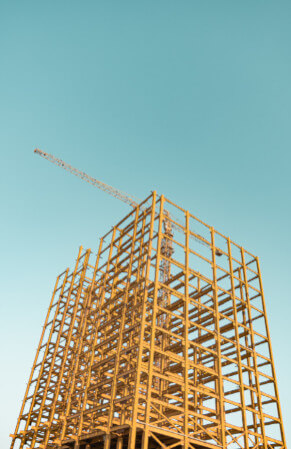
November Light on Megaprojects
ConstructConnect announced today that November 2021’s volume of construction starts, excluding residential work, was $30.4 billion (see shaded green box, bottom of Table 8 below), an increase of +1.7% compared with October 2021’s level of $29.9 billion (originally reported as $28.8 billion).
![]()
Solar Panel Repair
Tampa Solar Company can work out a plan to save your solar panel and save you money. Depending on the size of your energy system, you may need to spend an hour or two repairing the cracks. In some cases, it is not possible to repair a damaged panel, but the repairs can be more affordable if you can solve the problem yourself. A professional repair person can help you determine what kind of repairs are necessary.

If the panels are not performing at peak efficiency, getting the solar panel repaired by a professional is a great idea. Although the panels are durable, they often last far past their lifespan. They can even reach 50 years or more. When replacing solar panels, do so only when they have broken beyond repair or have started to lose efficiency as their end of life approaches. The price of a new panel can add up quickly.
A professional repair technician will charge $100 per hour for loose connection repair. The reason for this is that if a connection is loose, the power reserve capacity will shift. The technician will need to cut through the soft silicone in order to reach the power cells. If the problem is serious enough, they may need to un-solder and re-solder the equipment. An hour of labor can cost $200 to $300. When it comes to getting your solar panel repaired, it is always a better idea to use a licensed technician.
When it comes to solar panel repair, you should always consult the manufacturer. You can also ask the manufacturer for a warranty. It is likely that you are covered by a warranty if your solar panels were purchased from the original manufacturer. If your solar panel is broken beyond repair, do not hesitate to replace it. It is only when it is no longer functioning well that you should replace it. If it is not performing well, it is probably time to replace it.
A professional will be able to take the panels off your roof or fix them if you’ve purchased them new. It is also possible to have a solar panel removed if it’s damaged beyond repair. In many cases, solar panels are made to last for as long as possible. You can even purchase a warranty for your solar panels. If you’re not sure if your warranty covers solar panels, contact a company that does.
Getting your solar panels repaired isn’t as expensive as you may think. You can hire a professional to handle your repair work. The costs of this type of repair are usually very affordable. If you’re worried about the costs, you can check the warranty’s conditions and see what you can do. It’s best to contact the manufacturer of the solar panel you purchased. You can even ask them to give you a quote for repairs.
Some solar panel wiring problems can be fixed. A technician will cut the wires if they’re too small. Other issues include oxidation, corrosion, and improper connections. For instance, a loose connection can cause the power reserve capacity of the solar cells to shift. Luckily, it is a simple procedure that won’t cost you a lot of money. However, if you’re not comfortable with this, you should consider hiring a professional.
Another common problem with solar panels is corrosion. This is a common cause of the replacement of parts. If you’re worried about the effects of corrosion, you can clean your solar panels regularly. A special brush can help you clean your solar panels. Make sure to clean them thoroughly to remove any excess dirt. Use cleaning agents to remove corrosion. You can do this yourself if you’re unsure of how to clean the panels. But if you don’t have any experience, you’ll need to contact a professional.
It is possible to do the repairs yourself, but it’s a good idea to hire a professional for the task. A licensed, professional electrician will have extensive electrical engineering experience and will be able to identify potential problems during the cleaning. As a result, they will be able to diagnose the problem and prevent it from happening again. It’s also a good idea to schedule routine maintenance for your solar panels. By doing this, you’ll be sure that a qualified individual is always checking and fixing potential issues.
How to Win More Construction Bids in 2022
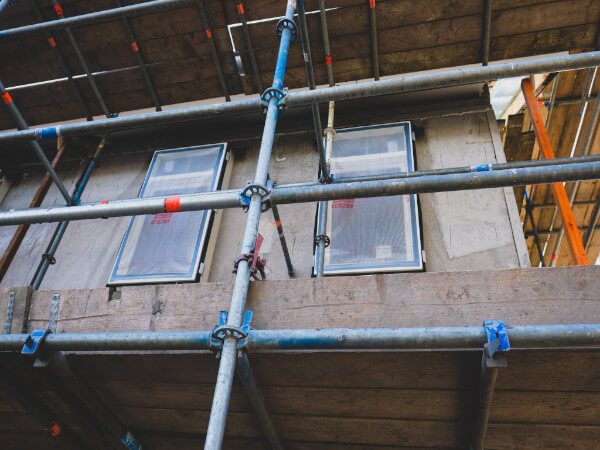
Are you looking to win more construction bids in 2022? Maybe you’re planning to grow and scale your construction business in the new year or perhaps you’re just looking to be more efficient in your estimating and bidding process to improve your bid-hit ratio.
![]()
Did you miss our previous article…
https://www.arizonasolarsociety.com/?p=1651
Construction Worker Deaths Decreased in 2020
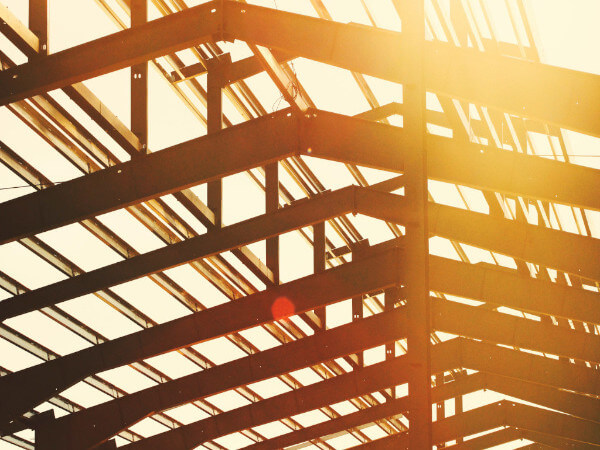
Good news. The number of fatal occupational injuries for the construction industry declined in 2020. The number of construction worker deaths in 2020 was 1,008, a 5.3% reduction from the 1,061 fatal work injuries in 2019.
![]()
Did you miss our previous article…
https://www.arizonasolarsociety.com/?p=1647
Quarterly U.S. Put-in-Place Construction Forecasts Report, Winter 2021-2022
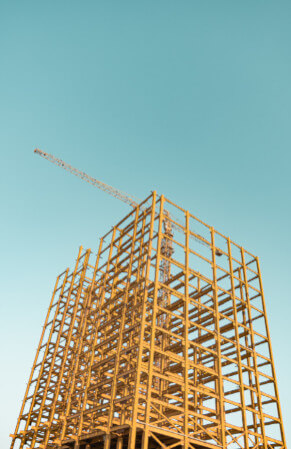
To tackle a +6.8% year-over-year CPI inflation rate, the Federal Reserve has stated it will be pursuing QT rather than QE in the year ahead, quantitative tightening rather than easing, and that there may be as many as three upwards adjustments to interest rates. On the residential construction side, the expectation of higher interest rates may counterintuitively speed up groundbreakings for a while as prospective new homeowners try to beat the financing cost increases.
![]()
Did you miss our previous article…
https://www.arizonasolarsociety.com/?p=1643
Construction Estimating: 4 Winning Tips to Improve
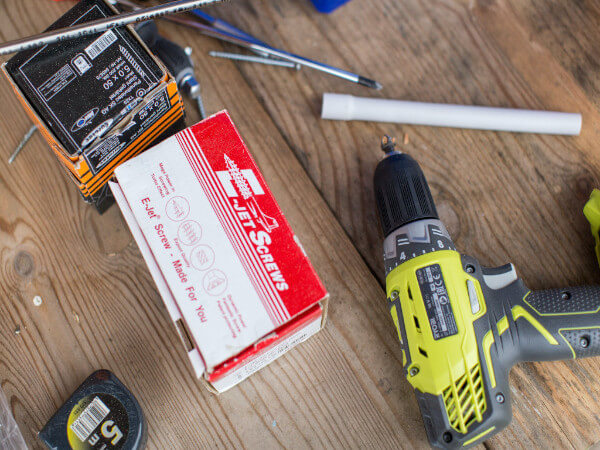
In an era of rising costs and new technology, here’s how to bring more accuracy to construction estimating.
When it comes time to kick off a new construction job, an accurate estimate is the first step toward project success. The best approach to the construction estimating process begins with a thorough understanding of the project, along with a team of estimators who are deeply familiar with the nuances of quality construction estimating. For contractors and business owners, this stage of the project can have a pronounced impact on your bottom line. According to a survey conducted by QuickBooks and TSheets, one in four construction companies would go out of business if they made just two or three inaccurate estimates.
As a resource, here are a few tools that will guide your team toward a successful construction estimating process, creating opportunities for new business and exceptional client relationships.
What is a Construction Estimate?
While construction estimates are hardly always accurate to the cent, successful projects start with accurate and detailed estimation efforts. If not, there can be ethical and even legal risks. For instance, in March, the SEC launched a federal probe into two leading construction contractors to uncover why their estimates were inaccurate.
The initial construction estimating process for large-scale projects usually begins with a specific team, known as estimators. They estimate the project by gathering proposals, plans, specifications, and related documents.
Overall, an estimate is the total price of the project, which includes all expenses, like materials and labor. It’s also important to note that there’s a common misconception around the definition of a bid vs. an estimate. A bid is a finalized offer in order for the construction project to proceed. In a bid, a contractor often specifies a construction price and project timeline. Usually, an accurate estimate is set before you place a bid.
The Cost Estimating Process and Terms to Know
Similar to the estimate vs. bid distinction, there are several terms to understand and keep in mind throughout the estimation process. In construction, these nuances are important to not only explain your approach to the client, but to speak internally with vendors, partners, and others in the industry. Simply put, speaking the “same language” can help minimize confusion and mistakes.
First, there’s a quantity takeoff. This is when the cost estimator accurately identifies and develops the required materials for the project. This step is crucial, as without an accurate takeoff, there will be inaccuracies in the project. Next, the estimator will use their experience to estimate the labor hours required to complete the project. A key factor in determining the labor hours is correctly identifying the relevant labor rates, which are the basic wages for all team members. The cost estimator will also consider overtime work and extra hours.
As the estimation process progresses, the team will begin to collect material prices and equipment costs. Both of these vary significantly, as the cost of a given material fluctuates greatly depending on market demand and supply, the quantity needed, the cost of transportation to the building site, and exchange rates. More importantly, the cost of equipment will include the capacity of the equipment and the cost differential if the equipment needs to be rented. In the unprecedented time of COVID-19, as shipping and logistical operations are delayed, this has become imperative to uncover and represent factually.
The estimator will also gather all subcontractor costs, including the price of the labor, materials, and equipment required by additional specialty contractors on the project. Lastly, to ensure all costs are covered in an accurate estimate, indirect costs need to be considered. This can include temporary on-site utilities, land acquisition, design fees, and office support.
4 Ways to Improve Accuracy in Construction Estimating
As technology continues to guide the latest and greatest in construction, the process of construction estimating has drastically improved due to more innovative tech platforms.
1. Embrace the cloud
One key industry innovation is the cloud-based estimation tool. This allows an estimator to utilize a 2D or even 3D model to predict the needs of a construction project. The cloud-based approach provides more accuracy by uncovering the true engineering needs of a project. This accuracy, in turn, offers the client a fuller picture of the estimation, and gives the estimation team a helpful tool to better present the construction job.
Another cloud-based approach involves executing a takeoff within the cloud for an estimation. Integrating the takeoff into the cloud allows for more security and collaboration among team members. It also eliminates the headaches of using license-based tools.
In addition, you can implement company-wide data standards by setting up project templates in the cloud that include takeoff types and classification systems. All of which enables consistency across your teams and project data.
And lastly, when estimators have access to the right information at the right time—i.e. centralized in the cloud—they’re capable of generating a competitive bid. Leveraging a cloud-based document management system for your quantification workflows helps ensure that all your estimators are working from the latest issued drawings and models. A major benefit there is that they are not missing critical information to create a competitive estimate.
2. Turn to automation
A truly innovative approach to estimation is known as the automated approach to a takeoff. When takeoffs are automated, estimators are freed up from the tedious task of manually counting supplies. They can easily visualize quantities in 3D to understand scope, complexity, and design intent. For example, one company was able to leverage a 3D model to get the correct number of doors needed for a project in a matter of minutes—a process that would have taken them over a day using a 2D drawing.
Automation as a tool is key in the preconstruction phase, as it allows a contractor to jumpstart the launch of a new job seamlessly, without getting bogged down by the nuances of an ordinary takeoff.
More and more, automation is offering firms a competitive advantage. They’re able to work faster and take on jobs that may have BIM requirements they weren’t able to meet in the past. In other words, automation allows contractors to access a whole new set of customers. And with the time-savings you get from automation, you can bid on more jobs and win more work.
3. Collaborate early
Teamwork is an essential first step in construction estimating, and this process fails if there’s not a culture of transparency and collaboration between the contractor, client, and estimator. Justin Davis, Executive Vice President of Preconstruction, Estimating, and Business Development at Walker Engineering explains the importance of collaboration during the estimation process this way: “Customers expect and trust [contractors] to fill in all the gaps, make sure that they’ve got their costs covered, and make sure that when we sit in a room, there’s transparency.”
Allowing teams to manipulate data and have visibility into scope removes oversight or double-ups on takeoffs. This is best accomplished in cloud-based takeoffs where data is centralized. With streamlined teamwork as a top priority, the goal should be to make estimating a collaborative process.
4. Leverage connected data
Lastly, the advent of data connectivity is the cornerstone to improving the accuracy of your construction estimate. When data lives in silos, information can get lost, which increases the likelihood of inaccurate estimating. More importantly, centralized data and information ensures more accuracy and facilitates a seamless transition from one project phase to the next.
It is truly a new era in creating an accurate and reliable construction estimate—contractors and business owners just need to understand the technology and platforms available at their fingertips.
Making the Most of your Construction Estimate
In construction, there’s nothing more important than delivering a quality, outstanding project that exceeds the expectations of your clients. This all begins with the estimate. And to build your estimate, you’ll need to identify the right quantities with an accurate takeoff. Your quantities, of course, will affect both cost and schedule, which will also be reflected in your estimate.
As the industry continues innovating, there are several resources to make your estimation process more accurate and helpful for your clients. Most importantly, an accurate estimate helps maintain your bottom line, as mistakes can be costly and sour reputations for future projects.
Looking to save time during estimating? Bid Board Pro saves the average estimator 8 hours per week by eliminating manual entry and consolidating everything needed to manage bids in one, easy-to-access place. Learn more.
The post Construction Estimating: 4 Winning Tips to Improve appeared first on Digital Builder.
Did you miss our previous article…
https://www.arizonasolarsociety.com/?p=1637